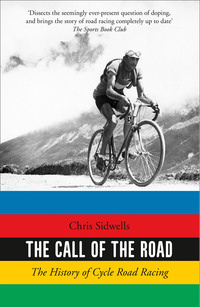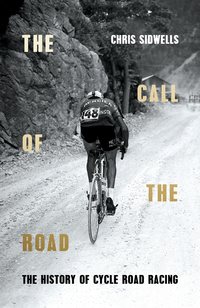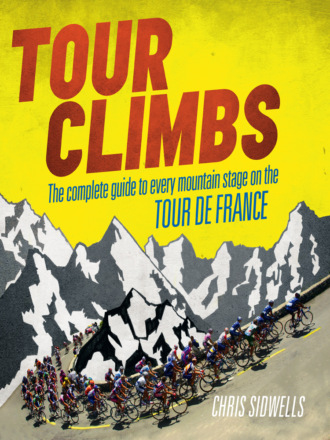
Полная версия
Tour Climbs: The complete guide to every mountain stage on the Tour de France

But that isn’t the whole story. Cycling is a complicated sport, and long stage races like the Tour de France are its most complicated arena. A good mountain climber might have a phenomenally high power to weight ratio, but that could be because he is incredibly light and his absolute power is quite low, which is a limiting factor in a time trial. So although a Tour de France winner must excel in the mountains, and climbing specialists have won the race, he must still be able to ride a fair time trial. In fact, broadly speaking, there are two kinds of Tour winners; time trial specialists who can limit their losses in the mountains, and climbers who can do the same in a time trial.
There are also differences in the way overall contenders go about racing uphill. Some riders, the ones who are good at time trials and can climb well, favour setting a high average pace in an attempt to slowly burn off all the others. Whereas climbing specialists will make violent changes of pace, attacking and being caught before attacking again until their rivals are exhausted by chasing them.
They are the riders who win the King of the Mountains title in the Tour de France, The competition started in the 1933 Tour de France, and is based on points awarded for the first riders over each climb of the Tour. The number of points and how far down the field they go depends on the severity of each climb. They are ranked from third category for hills and small passes, to first category for bigger climbs. Then there is a category the French call Hors Categorie, or beyond category, for the real giants.
The leader of the King of the Mountains competition wears a distinctive red and white polka-dot jersey. The design for that came from the fact that when it was first awarded as the symbol of leadership in this section of the race, the sponsor of the mountains competition was a chocolate manufacturer, whose wrappers were white with red polka-dots on them.
The King’s story
A Spaniard called Vicente Trueba, who was nicknamed the Torrelavega Flea because he was so slight, was the first winner of the King of the Mountains title. Many great climbers and Tour winners have gone on to win the title, including the Italians Gino Bartali and Fausto Coppi, but in the mid-1950s the title was taken by two of the greatest climbers the Tour de France has ever seen, Frederico Bahamontes of Spain and Luxembourg’s Charly Gaul.
Bahamontes, who journalists christened the Eagle of Toledo, and Gaul, who they referred to as the Angel of the Mountains, both went on to win the Tour de France overall, and Bahamontes was six times the King of the Mountains champion. They were both capable of attacking early on a mountain stage and decimating the entire field. That was how they won their Tours.
Bahamontes might have won more than once, only his career overlapped that of Jacques Anquetil, and their battles were a classic confrontation of a time trial specialist who could climb against a pure climber. Anquetil was the time trial specialist and was content to limit his losses on the climbs, but on occasions, and especially against Bahamontes, he had to climb incredibly well to do that.
Their battles came to a head in the 1963 Tour de France on the Col de la Forclaz. Bahamontes, in the yellow jersey, was determined to destroy Anquetil that day and win his second Tour de France, but Anquetil knew that he couldn’t let him have any more of a lead. He had to stay with the Spanish climbing star, and he had to summon all of his strength to do it. Anquetil suffered, but he clung onto the Spaniard, surviving all his attacks. He even beat Bahamontes to the line at the end of the stage. Later, Anquetil won the final time trial and his fourth Tour de France.
The best ever
There have been many such epic contests over the years, but who is the best Tour de France climber ever? There are many candidates, but I’ll go for the man who Bahamontes says is best. After all, can there be a better judge? His name is Lucien Van Impe. He is from the flat fields of Flanders in Belgium, but no one could accelerate uphill like Van Impe could.
He is a short man, light but not a featherweight. He won the King of the Mountains six times, but always says he backed off winning a seventh because of respect for Bahamontes. Van Impe also won the Tour overall in 1976. He often says that climbing mountains is an art rather than a science, and spent weeks each year before the Tour de France training in the Alps or Pyrenees to try and discover his climbing rhythm.
The Tour de France still throws up great climbers. Lucho Herrera from Colombia and Claudio Chiappucci of Italy were two of the best. In 2004 Frenchman Richard Virenque completed a record seven King of the Mountains titles, which he usually won by attacking early on the first day in the mountains to get a strangle hold on the competition, then chasing every point on offer after that. Marco Pantani never was King of the Mountains, although he was a climber who won the Tour overall for Italy in 1998. The Tour winner in 2007, Alberto Contador of Spain, is an excellent climber, and the winner of the 2007 mountains title, Colombian Mauricio Soler, looks to have a good future ahead of him.
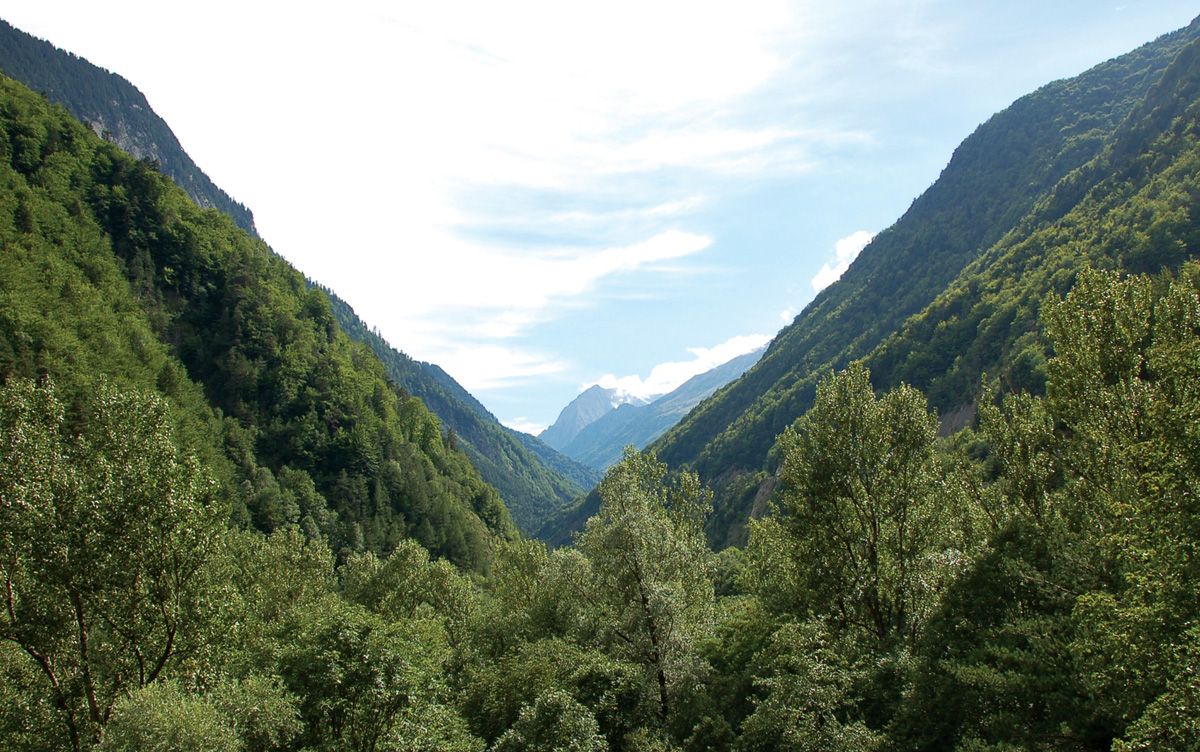
A cyclist’s eye view of the start of a Tour climb
Blueprint for a Tour
Every year the Tour de France plays out to a pattern. After the first range of mountains, which in some years are the Pyrenees and in others the Alps, there are usually some flattish stages. On these the sprinters in the race, who never have a good time when the roads go upwards, fight for the stage victories, while the overall contenders try to stay out of trouble and conserve their energy for the next set of mountains. These stages are called transition stages, and they are often in the south of France, so are characterised by sun and warm weather and the compelling picture of glittering bikes and bright colours streaming through a patchwork of vineyards, sunflowers and lavender fields.
The second major mountain range often decides the winner of the Tour de France. Most years there are a number of riders who still have a chance at the beginning of this part of the race, but coming out of the second mountains there is often just one man left with a commanding lead. On the occasions where that doesn‘t happen, a time trial held on the penultimate or even last day of the race will decide the outcome.
Many things can cause riders to come unstuck in the second set of big mountain stages. Riders who are strong in the Alps can find the Pyrenees less to their liking, because the climbs of the two ranges are different. Alpine climbs tend to have uniform gradients, the Pyrenees don’t, and even the weather can be different. Another problem is cumulative fatigue. Most pro riders perform well for two weeks, but only the best are strong in the third week of the Tour de France.
The mountains are crucial to the Tour. Their evocative names; the Galibier, Alpe d’Huez, Mont Ventoux, the Tourmalet and Peyresourde are mentioned in the sporting press for months before and after each race. They roll from the tongue as fans argue about who will be strong and where. Fathers tell their children stories about these places, and old men look back at when they raced and dreamed of conquering their lofty peaks.
The mountains are theatre in which the Tour de France is played out in front of its most loyal fans. On the biggest peaks the diehards will arrive with their tents and camper vans up to three days before the race is due to pass. On the day there can be as many as half a million people on one climb, all cheering, drinking, eating and sharing the moment in a big party.
The mountains are where the greatest battles of this historic race have been enacted, and its tragedies played out. In the heat of competition they are fearsome places to be, but away from that, taken at whatever pace you decide, conquering their slopes is something that any reasonably fit cyclist with the proper equipment can do. I hope that this book will help you on your way.
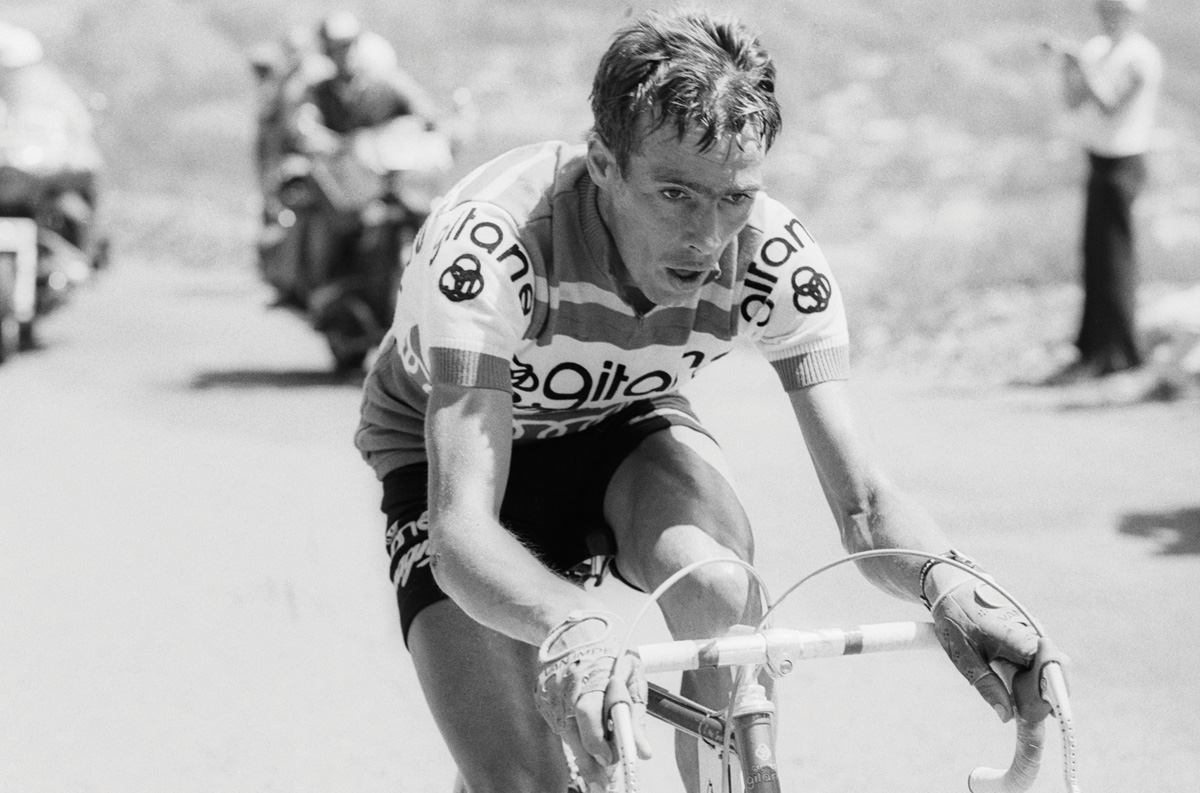
Lucien Van Impe – simply the best © Universal/TempSport/Corbis
Конец ознакомительного фрагмента.
Текст предоставлен ООО «ЛитРес».
Прочитайте эту книгу целиком, купив полную легальную версию на ЛитРес.
Безопасно оплатить книгу можно банковской картой Visa, MasterCard, Maestro, со счета мобильного телефона, с платежного терминала, в салоне МТС или Связной, через PayPal, WebMoney, Яндекс.Деньги, QIWI Кошелек, бонусными картами или другим удобным Вам способом.




